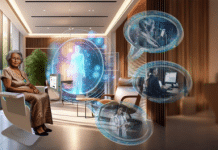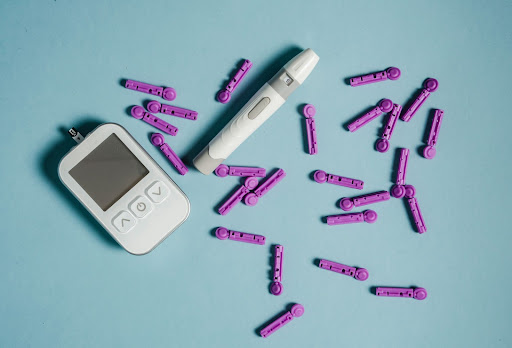Healthcare systems across the world have been under immense pressure of late. As the need to reduce costs and offer alternatives to in-person medical assistance increases, the demand for remote patient monitoring technology has skyrocked. In this article, we explore the ins and outs of remote monitoring and the effects it is having on healthcare systems around the globe.
What Is Remote Monitoring?
Remote monitoring is a term used to describe the use of technology to monitor patients and deliver information between patients and physicians. The healthcare system has been forced to speed-track its digital transformation as a response to the COVID-19 pandemic, and as such, remote monitoring technologies have become a critical component in patient monitoring. Remote patient monitoring technologies allows medical professionals to extend their reach, maintain constant communication with caregivers and patients, and monitor a continuous stream of health-related data.
As remote patient monitoring technology becomes more mainstream, it has become more affordable and accessible. It also allows medical facilities to broaden the range of services they can offer patients.
Different Types Of Remote Monitoring
Remote patient monitoring technology allows medical professionals to monitor the patient’s vital statistics outside of a traditional clinical setting. Let’s take a look at a few ways this is achieved:
Telemedicine
Telemedicine uses technological devices to allow patients to stay connected to their doctors without the need for frequent onsite visits. This enables medical facilities to maintain a high standard of care while reducing protocol deviations. It also enables medical facilities to collect quality medical data which could prove invaluable.
Direct-To/From-Patient Models
If a patient is unable to visit a medical site to collect clinical supplies such as samples, this material can be shipped to or collected from the patient’s home directly. This is invaluable as it reduces disruptions in the patient’s treatment or clinical study.
Remote eConsent
This enables patients to digitally sign consent forms, study documents, and other medical-related paperwork from their home. This saves patients and those participating in medical studies the effort of travelling to the medical site, thus keeping enrollment timelines on track and making sure all patients have read and signed the required documentation.
Home Health Care & Nursing
Organizations in the remote monitoring industry utilize remote monitoring to facilitate off-site clinical trials, usually in the patient’s home. This covers preparing and administering any drugs, carrying out clinical assessments, and assuring compliance.
Devices & Wearable Gadgets
Whether it’s monitoring patients or clinical trial data, devices and wearbable gadgets are a signifiant part of medical research nowadays. These tools include apps for smart devices, sports watches, patches, clothing, and clip on devices. These devices offer a convenient and completly unintrusive solution for patients.
What are remote patient monitoring devices?
There are several types of remote patient monitoring devices currently available. Here are a few of the most common:
- Digital blood pressure monitors
- Glucose monitors for diabetes patients
- Pulse oximeters to measure blood oxygen levels
These devices feed data from the patient to the physician to monitor health levels and alert both parties to sudden changes in the patient’s condition.
Final Thoughts
Thanks to several driving factors, the medical healthcare industry has had to evolve quickly and adapt to suit new demands and obstacles related to providing medical assistance to patients. New technologies have allowed the healthcare sector to embrace remote monitoring and offer patients a more convenient way to communicate with their physicians without the need for an on-site visit. This not only reduces costs, frees up valuable time and resources, and makes things easier for the patient, but it also creates space for more extensive medical research to be conducted in the future.

























